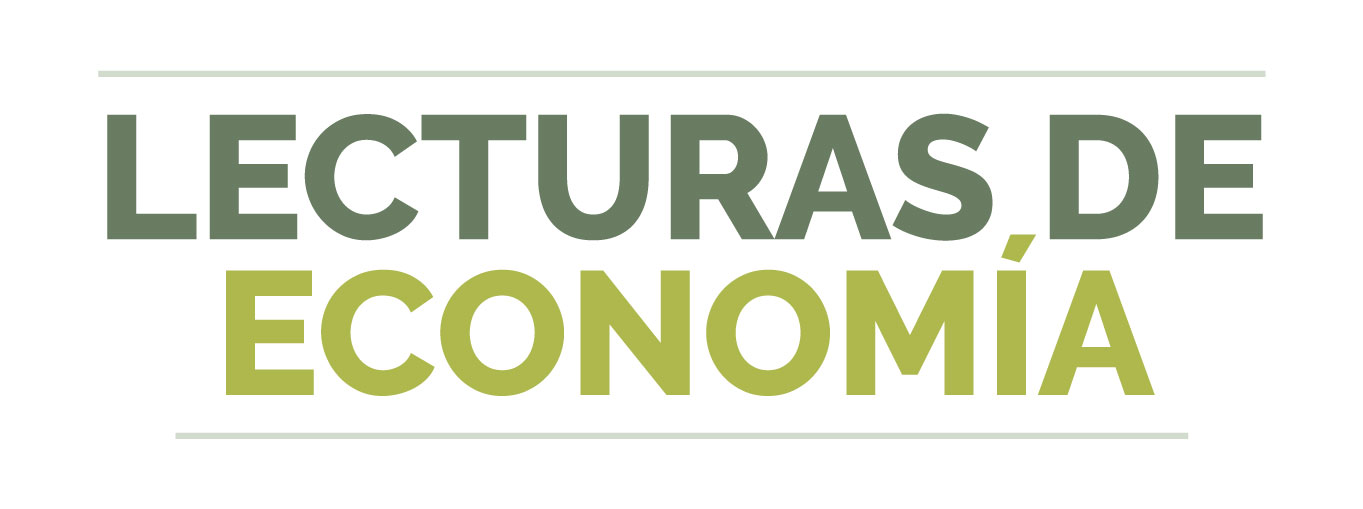La constitución de 1886 como respuesta a la crisis del modelo federal y la confrontación nación-región en Colombia
DOI :
https://doi.org/10.17533/udea.le.n24a7768Résumé
• Resumen: En este artículo, los autores analizan las condiciones históricas de Colombia en la segunda mitad del siglo XIX, más propiamente en el período en que tuvo vigencia el Régimen Federal, que se inicia con la Constitución de 1863 y termina con la Constitución de 1886. En el estudio se aborda el análisis del proceso económico interno para mostrar su profundo fraccionamiento y la marcada diferenciación regional, en oposición al modelo generalmente aceptado por la historiografía tradicional, que supone en lo político la existencia de un espacio nacional neutralizado, y en lo económico privilegia la influencia de las condiciones del desarrollo del capitalismo mundial como explicativas del desarrollo del país y de los determinantes de su sujeción a las leyes generales del sistema capitalista. Como una alternativa teórico-metodológica se asume la actividad comercial no solo como una vía de acumulación de capital-dinero sino como un medio de configuración de poder económico y político que unificó los intereses de las élites regionales en torno a un proyecto común. El elemento aglutinante de las particularidades regionales es la actividad especulativa del capital mercantil. De esta manera el Régimen Federal permitió, contradictoriamente, unificar las particularidades regionales que lo sustentaron, e hizo posible así el proyecto centralista de La Regeneración que se concentró en la Constitución de 1886.
• Abstract: The 1886 Constitution as on answer to the Federal Model's crisis and the nation-region confrontation in Colombia. In this article, the authors analyze the historical conditions in Colombia, during the second half of the nineteenth century, particularly the period during which the Federal Regime prevailed beginning with the Constitution in 1883 and concluding with the 1886 Constitution. This paper treats the analysis of the internal economy process in order to show its pronounced division and regional differentiation, as opposed to th
Téléchargements
Téléchargements
Publié-e
Comment citer
Numéro
Rubrique
Licence
Cette page, par Universidad de Antioquia, est autorisée sous une Licence d'attribution Creative Commons.
Les auteurs qui publient avec cette revue acceptent de conserver les droits d'auteur et d'accorder le droit de première publication à la revue, l'article sous licence sous une licence Creative Commons Attribution-NonCommercial-ShareAlike permettant à d'autres de le partager tant qu'ils reconnaissent sa paternité et sa publication originale dans ce journal.
Les auteurs peuvent conclure des accords contractuels supplémentaires et distincts pour la distribution non exclusive de la version publiée de la revue (par exemple, la publier dans un référentiel institutionnel ou la publier dans un livre), à condition que ces accords soient sans but lucratif et être reconnu comme la source originale de publication.
Les auteurs sont autorisés et encouragés à publier leurs articles en ligne (par exemple, dans des dépôts institutionnels ou sur leurs sites Web), car cela peut conduire à de précieux échanges ainsi qu'à une plus grande citation des travaux publiés.







